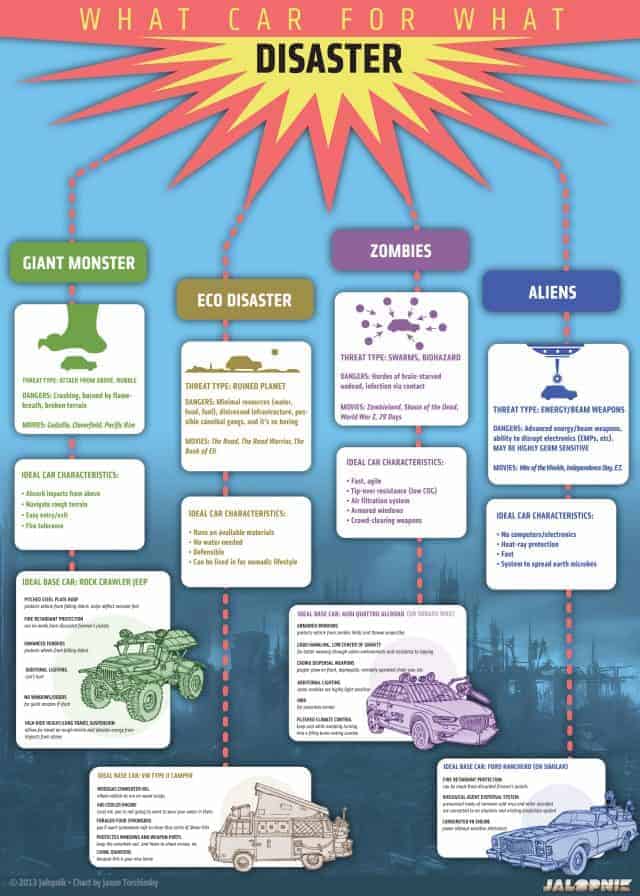Gain Insights Right Into Making Certain The Performance And Durability Of Your Heatpump System By Avoiding Prevalent Installation Errors
Gain Insights Right Into Making Certain The Performance And Durability Of Your Heatpump System By Avoiding Prevalent Installation Errors
Blog Article
Composed By-Lykke Sparks
When mounting a heatpump, you must stay away from usual errors that could endanger its performance. Neglecting correct sizing might lead to inadequacies and greater energy prices. Disregarding insulation and securing could lead to power waste and stress on the unit. Furthermore, positioning the exterior device inaccurately might influence its performance. By staying clear of these mistakes, you can guarantee ideal operating and sturdiness of your heat pump system.
Improper Sizing of Heatpump
When it involves the setup of heat pumps, one of one of the most common errors is incorrectly sizing the unit for your room. Guaranteeing the ideal dimension is crucial for optimum performance. If the heatpump is also small, it will have a hard time to warmth or cool your space efficiently, bring about increased energy costs and possible deterioration on the device.
On the other hand, if the heat pump is too huge, it will certainly cycle on and off regularly, causing temperature level fluctuations and lowering its lifespan.
To prevent this error, it's important to have a specialist examine your space and recommend the suitable size of the heat pump based on variables like square video footage, insulation, ceiling elevation, and neighborhood climate. By investing the time and initiative to make sure the appropriate sizing, you can delight in a comfortable setting while maximizing power efficiency and lengthening the life-span of your heatpump.
Inadequate Insulation and Sealing
To guarantee the effective operation of your heatpump, it's critical to address inadequate insulation and securing in your space. Proper insulation helps keep a consistent temperature level inside your home, reducing the workload on your heatpump. Inadequate insulation can bring about power loss, making your heatpump job harder and less effectively.
Sealing https://www.cbs19.tv/article/news/renter-options-after-repairs-go-ignored-by-management/501-763ecea0-107d-4228-94e9-b4c4e5888f74 of spaces or leaks in your area is equally important. These spaces enable conditioned air to get away and outdoor air to leak in, requiring your heatpump to make up for the temperature variations.
Inaccurate Placement of Outdoor System
Addressing the placement of your heatpump's exterior unit is key to maximizing its efficiency. Mounting the outdoor unit in an incorrect area can bring about performance concerns and prospective damages to the unit.
One common error to stay clear of is positioning the outdoor unit as well near a wall or other frameworks. This can limit airflow, causing the device to work more challenging to warm or cool your space, inevitably lowering its performance and life-span.
An additional mistake to stay away from is placing the outside system in direct sunlight. While some sunshine is unavoidable, extreme direct exposure can cause overheating, specifically during warm summertime days. It's ideal to place the outside device in a shaded location to aid preserve its optimum operating temperature.
Additionally, make sure that the outdoor device is placed on a stable and degree surface. Uneven ground can trigger vibrations and unnecessary stress on the system, affecting its efficiency gradually.
Verdict
In conclusion, staying clear of typical mistakes during heat pump installation is crucial for making the most of effectiveness and durability of your system. By guaranteeing appropriate sizing, adequate insulation, securing, and proper placement of the exterior device, you can prevent problems such as inefficiencies, enhanced energy bills, and strain on the system. Putting in https://erickszfmt.wssblogs.com/31229052/value-driven-heat-pump-repair-making-certain-convenience-while-minimizing-expenses to address these vital factors will ultimately conserve you money and time over time.
